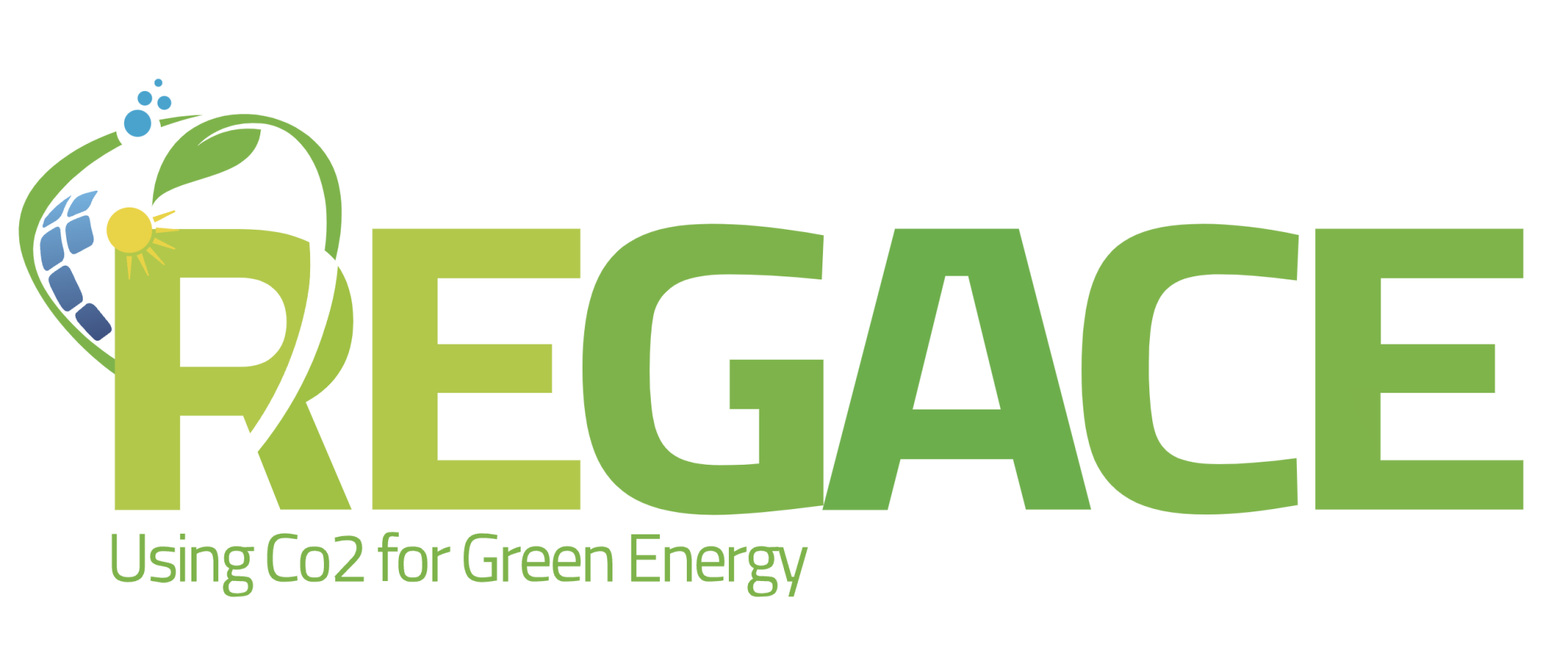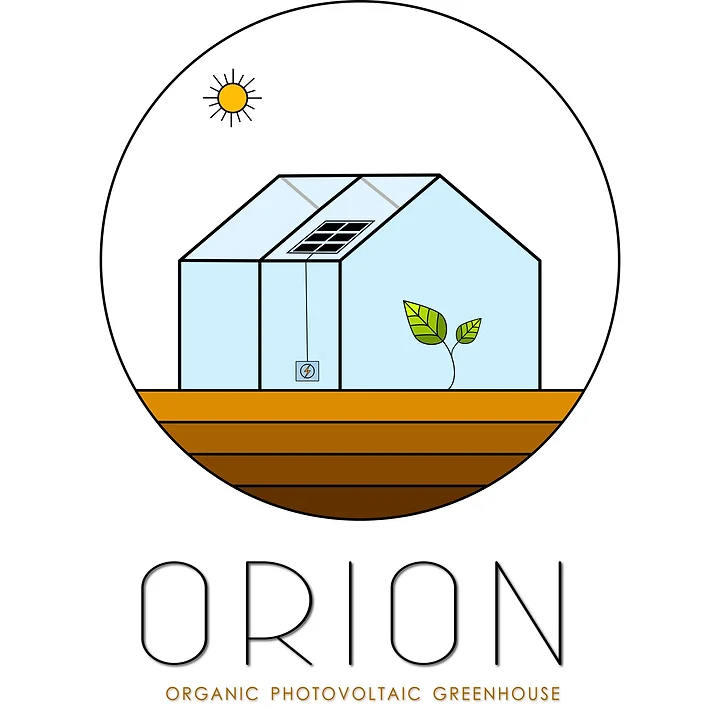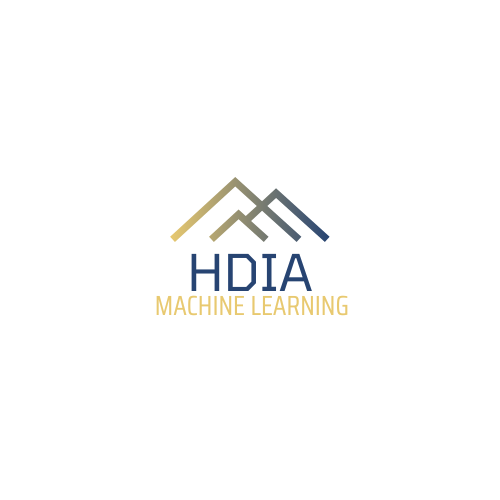TRDC
Running Projects
Breakthrough Innovations Harnessing New Technologies
About REGACE
REAGCE Crop Responsive Tracking Systems
The EU-funded REGACE project is dedicated to developing an innovative Agrivoltaics technology to sustainably increase greenhouse yields and improve electricity production. The REGACE system is highly competitive providing affordable clean energy that combines optimum crop conditions with significant energy generation. The use of CO2 enrichment expands Agrivoltaics usage, to areas with less sunshine and low light conditions, thus expending usage opportunities.
In addition to the economic impact, this technology will also lead to significant positive effect on ecological-environmental sustainability and reduced carbon footprint and will contribute to improve food and energy security.

Bridging the Gap Between Innovative Research and Technology
About Orion
Orion Era Net
Project ORION is supported under the umbrella of SOLAR-ERA.NET Cofund by the General Secretariat of Research and Innovation (GSRI) of Greece, Ministry of Energy of Israel, and Bundesministerium für Wirtschaft und Klimaschutz of Germany. SOLAR-ERA.NET is supported by the European Commission within the EU Framework Programme for Research and Innovation HORIZON 2020 (Cofund ERA-NET Action, N° 786483).
The overall aim of ORION is to develop an intelligent integrated framework for the use of organic photovoltaics (OPV) in the greenhouse industry. To achieve this, ORION will develop, test and evaluate innovative organic photovoltaic modules, which will be incorporated on top of the greenhouse roof or inside the greenhouse above the crop. Co-developing the same area of land for both photovoltaic electricity generation as well as for production of agricultural products (vegetables, fruits and flowers) is one of the main objectives of this study. This will significantly increase the efficiency of land use in rural areas. Furthermore, it will increase the use of renewable energy and reduce the use of fossil fuels that contribute to the production of greenhouse gasses.

In parallel, ORION will develop a wireless sensor system for smart management of the whole system (crop, microclimate and energy from OPV) and a computational fluid dynamic code for extending, via simulations, the use and adoption of the proposed system in different greenhouse types, different areas and different crops. The project results will contribute to optimize the application of OPV in greenhouses. This should increase the sustainability of the greenhouse sector. The approach proposed for protected cultivation systems is a high-tech approach providing a solution to climate and energy challenges in Europe and other countries. Our highly efficient use of resources (energy) will increase the usability of greenhouses in hot and semi-hot regions (climate change adaptation actions). The project will advance the technological development of the most intensive branch of agricultural production (greenhouses). The participation, in the project, of universities, research institutes and industry, with experts from both the photovoltaic and agricultural sectors, provides a unique synergetic approach. Moreover, it will allow a faster dissemination of results to a wider audience.
About Azudi
Azudi

About HDIA
HDIA Machine Learning
Approximately 40 million manuscripts inscribed in Arabic scripts, encompassing languages like Arabic, Persian, Turkish, and Urdu, exist worldwide. Regrettably, only a fraction of these invaluable manuscripts have been captured through digital photography, and an even smaller fraction has been transformed into digital characters that allow for efficient searching and comparisons. Consequently, a substantial portion of this vast cultural heritage remains beyond public reach. The successful advancement of Optical Character Recognition (OCR) technology or the implementation of keyword searches holds immense potential to unlock this treasure trove, enabling comprehensive exploration and facilitating invaluable cultural discoveries of great significance.

About Circular economy
Circular Economy
From nuisance to resource – a circular economy of local, productive use of industrial and commercial waste in Arab society. Case Study – The Triangle Settlements
A circular economy is an approach that strives to prevent waste by maximizing the utilization of materials. The study aims to develop circular economy at the local level in Arab sector localities, where waste treatment is a major environmental challenge. The study promotes circular economy between business firms, so that byproducts of one industry will serve as a resource in another industry. The innovation of the study derives from its emphasis on local solutions, waste recycling as close as possible to the place of waste generation.
The study is funded by the Ministry of Environmental Protection; Research Advisor: Open Landscape Institute, Tel Aviv University.
The research team include Dr. Liron Amdur, Omar Asi and Alaa Haj Yehia

